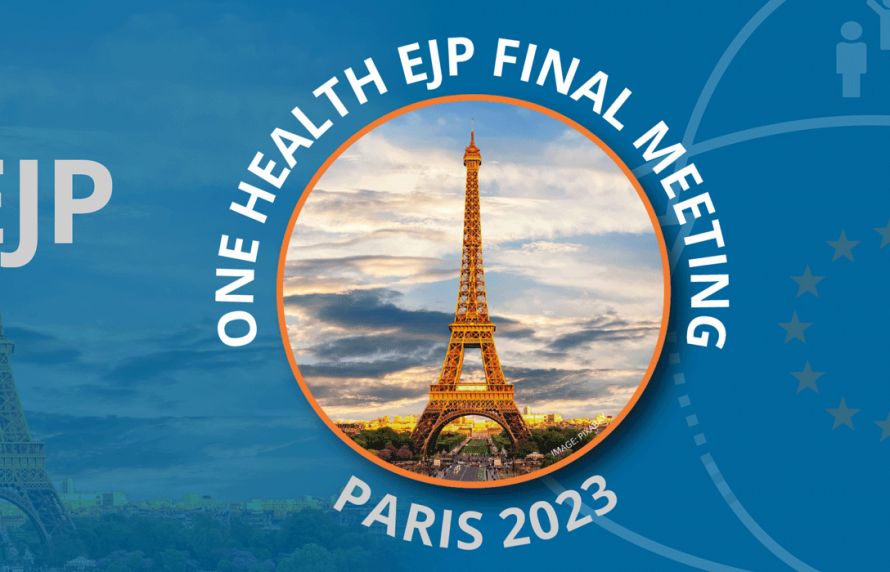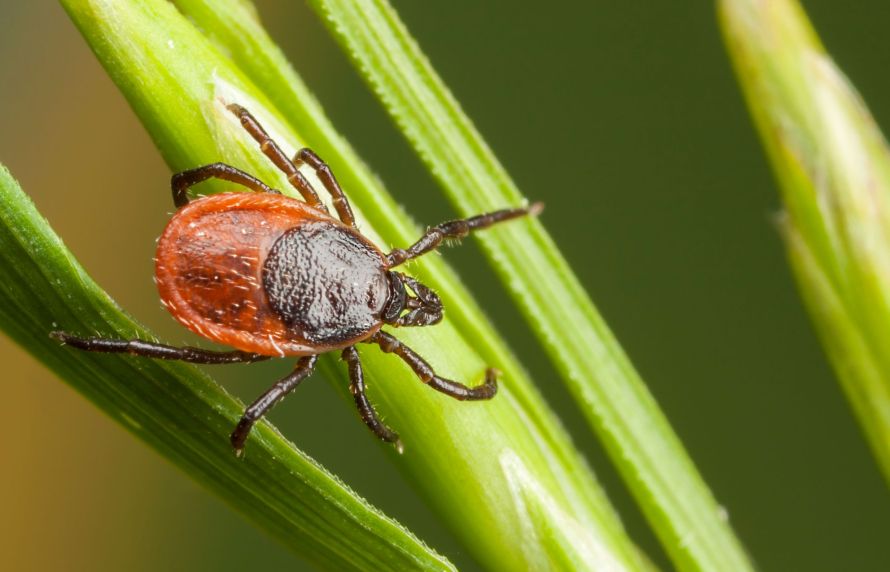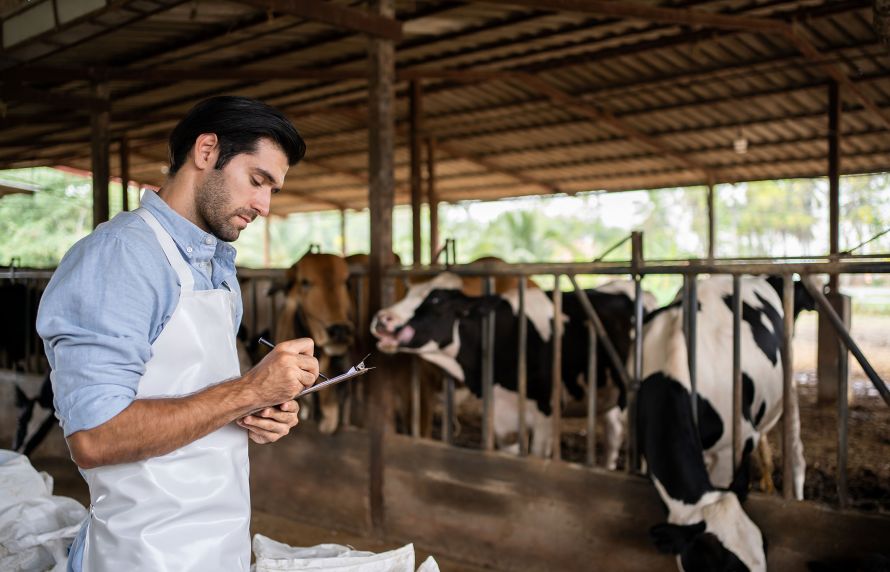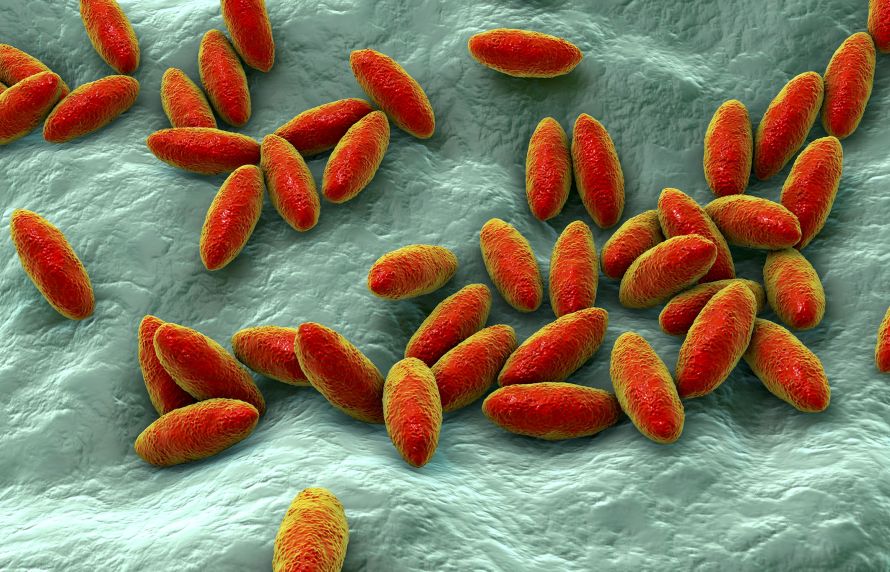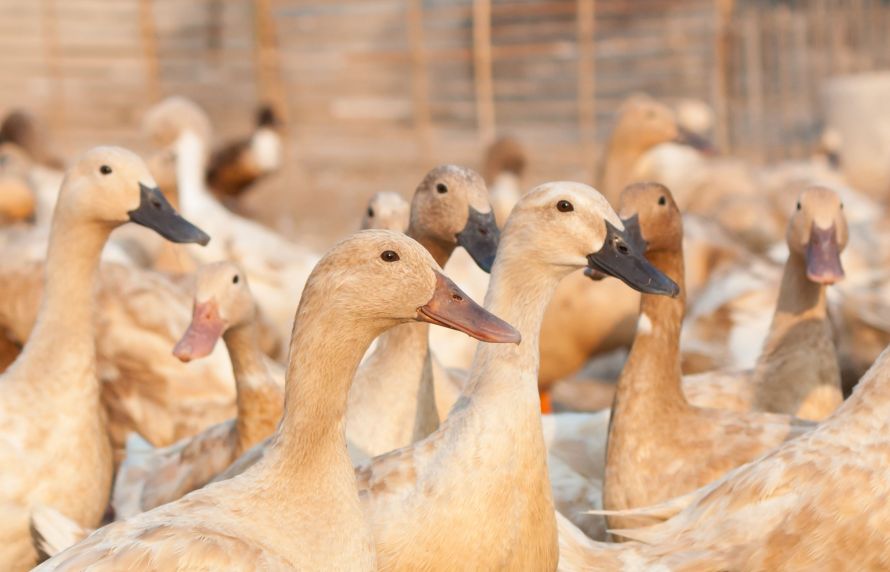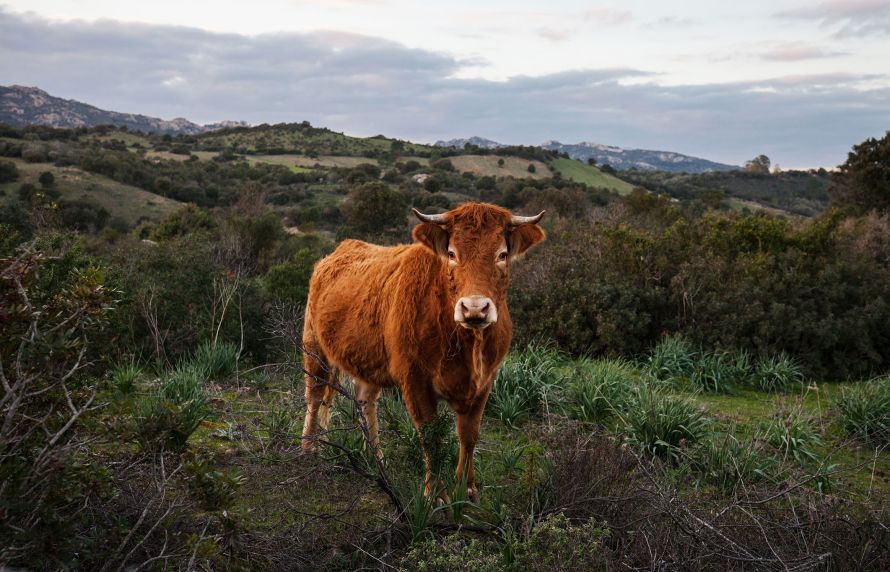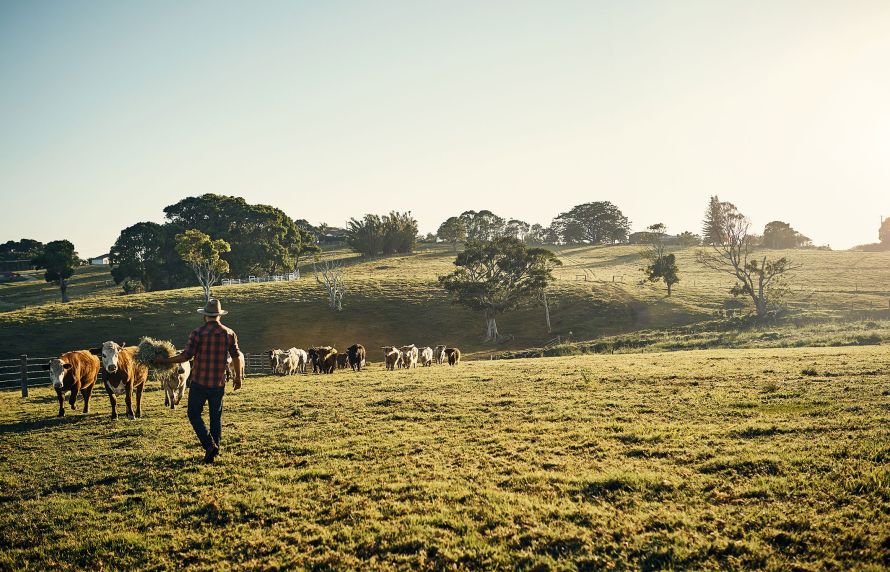After more than five years, the One Health European Joint Programme (One Health EJP) will be ending on the 30th of September 2023. On this occasion, ANSES, as the Coordinator of the Programme, is holding the final meeting that will bring together members of the 44 partner organisations, alongside key European and international stakeholders, on the 11th and 12th of September, in the premises of the French Ministry of Health and Prevention in Paris. The One Health EJP (OHEJP) gathered researchers in the fields of animal health, public health and food safety to achieve significant advances in the areas of foodborne zoonoses, antimicrobial resistance and emerging zoonotic threats. Beyond research results, the programme has created a unique EU consortium supporting and, above all, implementing the One Health approach in food safety.

